Adam Ganz
Pattern Recognition in Narrative: Tracking Emotional Expression in Context
May 04, 2015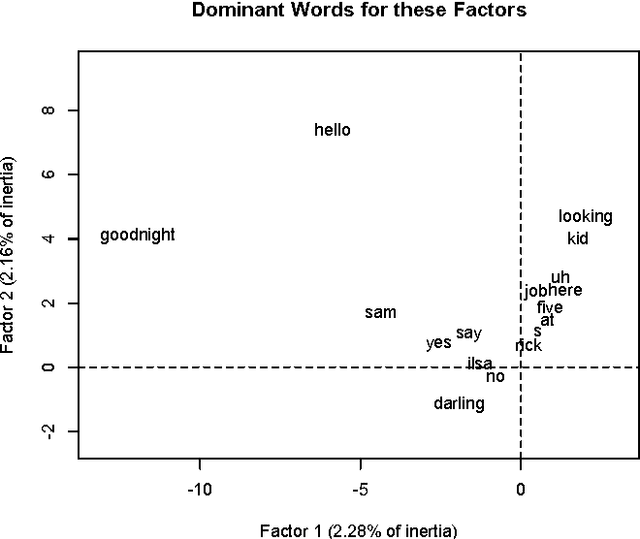
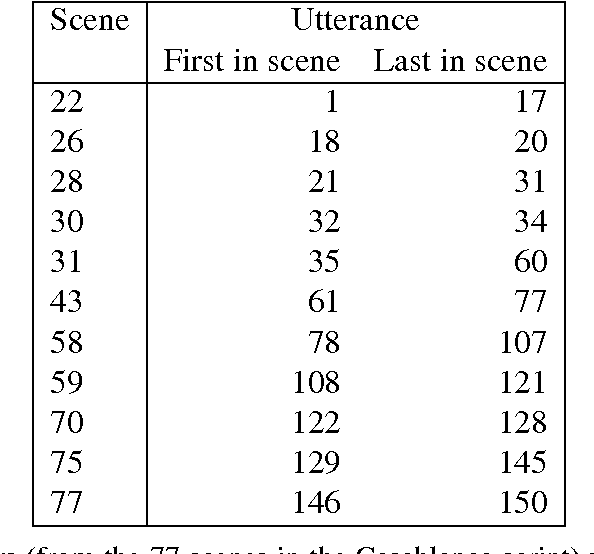
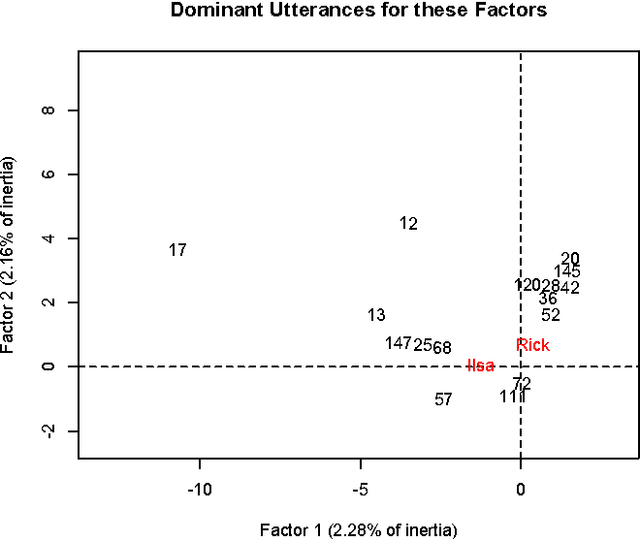

Abstract:Using geometric data analysis, our objective is the analysis of narrative, with narrative of emotion being the focus in this work. The following two principles for analysis of emotion inform our work. Firstly, emotion is revealed not as a quality in its own right but rather through interaction. We study the 2-way relationship of Ilsa and Rick in the movie Casablanca, and the 3-way relationship of Emma, Charles and Rodolphe in the novel {\em Madame Bovary}. Secondly, emotion, that is expression of states of mind of subjects, is formed and evolves within the narrative that expresses external events and (personal, social, physical) context. In addition to the analysis methodology with key aspects that are innovative, the input data used is crucial. We use, firstly, dialogue, and secondly, broad and general description that incorporates dialogue. In a follow-on study, we apply our unsupervised narrative mapping to data streams with very low emotional expression. We map the narrative of Twitter streams. Thus we demonstrate map analysis of general narratives.
* 21 pages, 7 figures
New Methods of Analysis of Narrative and Semantics in Support of Interactivity
Nov 14, 2010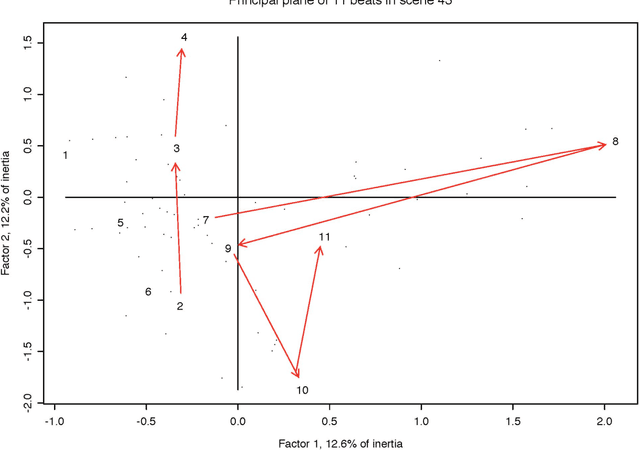
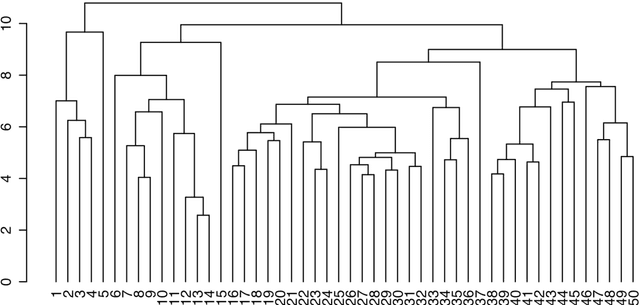

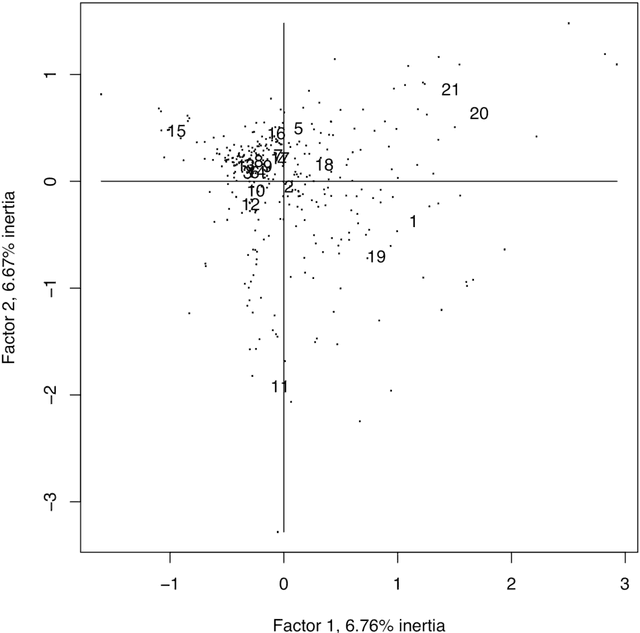
Abstract:Our work has focused on support for film or television scriptwriting. Since this involves potentially varied story-lines, we note the implicit or latent support for interactivity. Furthermore the film, television, games, publishing and other sectors are converging, so that cross-over and re-use of one form of product in another of these sectors is ever more common. Technically our work has been largely based on mathematical algorithms for data clustering and display. Operationally, we also discuss how our algorithms can support collective, distributed problem-solving.
* 17 pages, 6 figures
Segmentation and Nodal Points in Narrative: Study of Multiple Variations of a Ballad
Jun 07, 2010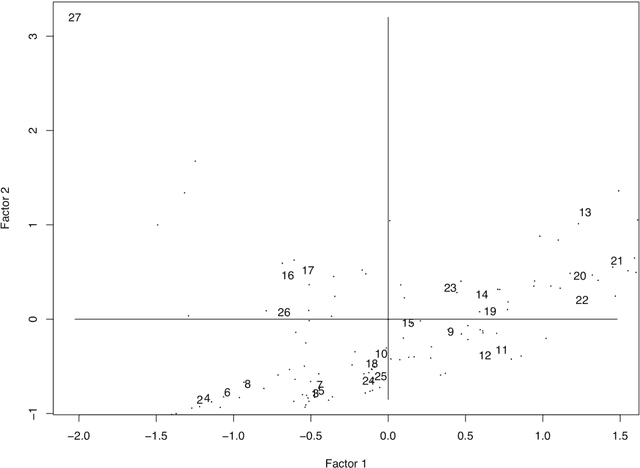
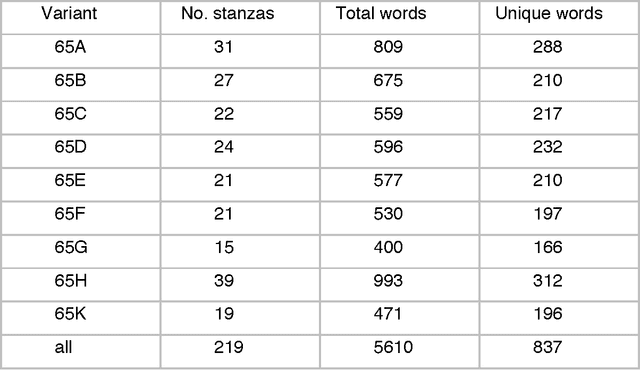
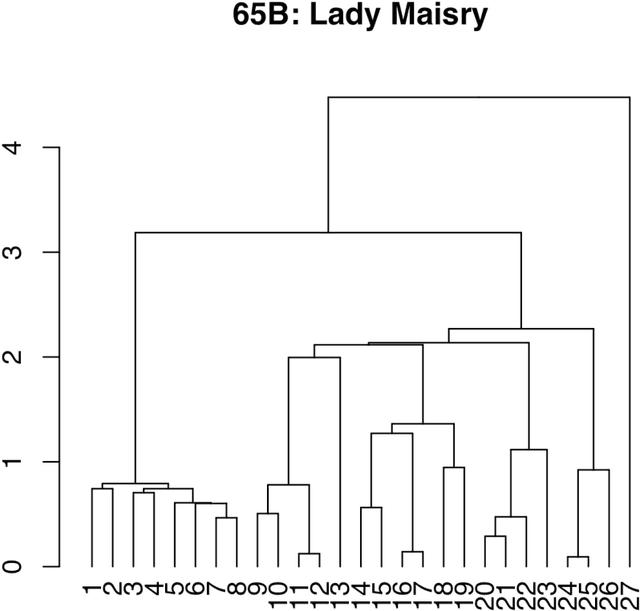
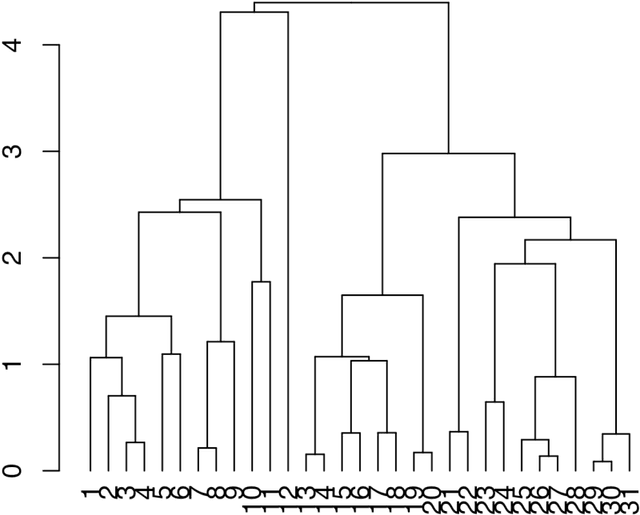
Abstract:The Lady Maisry ballads afford us a framework within which to segment a storyline into its major components. Segments and as a consequence nodal points are discussed for nine different variants of the Lady Maisry story of a (young) woman being burnt to death by her family, on account of her becoming pregnant by a foreign personage. We motivate the importance of nodal points in textual and literary analysis. We show too how the openings of the nine variants can be analyzed comparatively, and also the conclusions of the ballads.
The Structure of Narrative: the Case of Film Scripts
May 24, 2008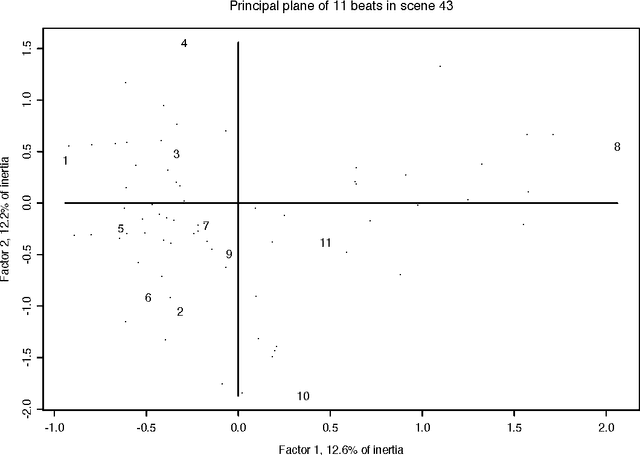
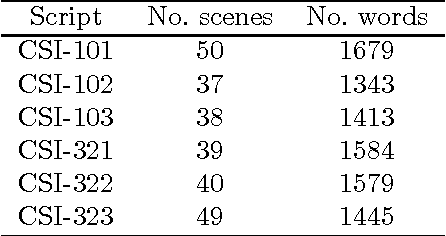
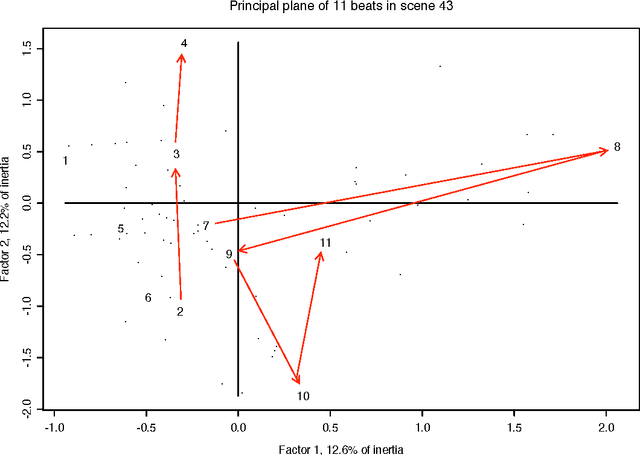
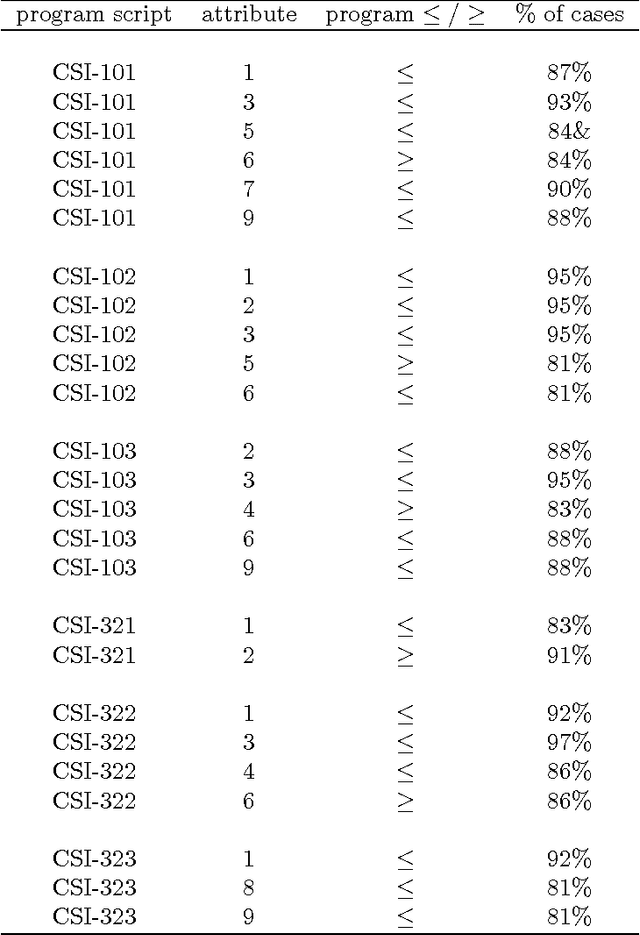
Abstract:We analyze the style and structure of story narrative using the case of film scripts. The practical importance of this is noted, especially the need to have support tools for television movie writing. We use the Casablanca film script, and scripts from six episodes of CSI (Crime Scene Investigation). For analysis of style and structure, we quantify various central perspectives discussed in McKee's book, "Story: Substance, Structure, Style, and the Principles of Screenwriting". Film scripts offer a useful point of departure for exploration of the analysis of more general narratives. Our methodology, using Correspondence Analysis, and hierarchical clustering, is innovative in a range of areas that we discuss. In particular this work is groundbreaking in taking the qualitative analysis of McKee and grounding this analysis in a quantitative and algorithmic framework.
* 28 pages, 7 figures, 21 references
 Add to Chrome
Add to Chrome Add to Firefox
Add to Firefox Add to Edge
Add to Edge